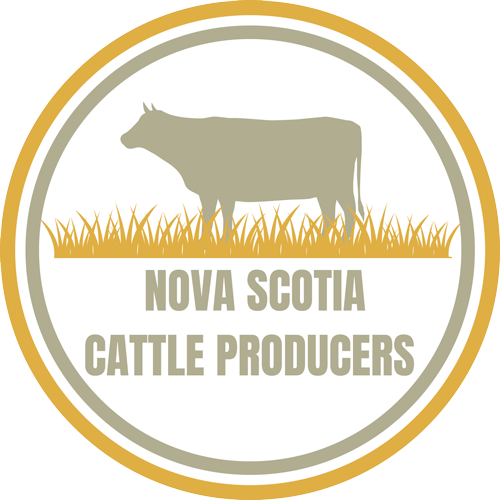Nova Scotia Research Centre Focuses on Grazing
NAPPAN, N.S. — One of Canada’s oldest research farms is rejuvenating the art of grazing.
Agriculture Canada’s Nappan Research Centre in Nova Scotia is one of the original five Dominion Experimental Farms established in 1887. It is the only federal livestock research centre in Eastern Canada working on improving livestock management and forage production.
The 600-acre farm is in a unique area with up to 1,200 millilitres of precipitation a year and fertile soils, including the unique feature of dike lands.
The Acadians living in the area in the 17th and 18th centuries diked marshlands for agriculture and over time, the salt deposits from tidal rivers and the Bay of Fundy were washed away. The soil is deep, silty and fertile and is often used for hay land and pastures.
Projects include breeding and maintaining forages over a long time in this climate. Researchers also grow forages from across North America to test varieties in different growing conditions, said John Duynisveld, research biologist.
“A focus in a lot of the work we have on the go now is maintaining and establishing legumes. We are recognizing the value of legumes to both the soil, the plant community and to the animals,” he told a tour group from the Canadian Grasslands and Forage Association.
Researchers like forage breeder Yosef Papadopalous are working on cultivars that do well in this area. The goal for the farm is to build diversity by adding about 30 percent legumes in their forage stands.
Winter kill is a big problem. In some areas losses were as high as 95 percent.
They are working with a variety of legumes to benefit the soil and the animals.
“We are trying to look at ways to maintain legume content to establish and maintain legume content into our pastures. Very often the cows prefer to graze the legumes first and that results in the legumes being grazed out very quickly,” he said.
The mixtures need to provide high quality feed and so far they have learned trefoil has a positive impact on animal performance, plus it does not cause bloat.
“When we have trefoil in a pasture versus alfalfa or white clover we always found animal gains were slightly better and that is similar to what you see with a lot of research done anywhere around the world,” he said.
Cover crops and mixtures are also on the agenda, testing mixes that include turnip, radish, sorghum, millet and clovers.
Part of the goal is to alleviate compaction in the soil. They planted tillage radishes that went down about 40 centimetres and provided a good volume of quality forage.
The farm also uses bale grazing as part of a long term rotation.
The farm has its own herd of about 100 cows of Angus, Hereford and Shorthorn breeding.
A major budget cut 10 years ago removed about a quarter of their labour force, so they introduced bale grazing to maintain the cow herd size, said Duynisveld.
The cows are usually turned out around Christmas time when the ground is frozen. The soil in this region is often saturated by October and November, so some grazing plots can turn into muddy messes.
The Western Producer
Barbara Duckworth
January 2, 2020
Original article
